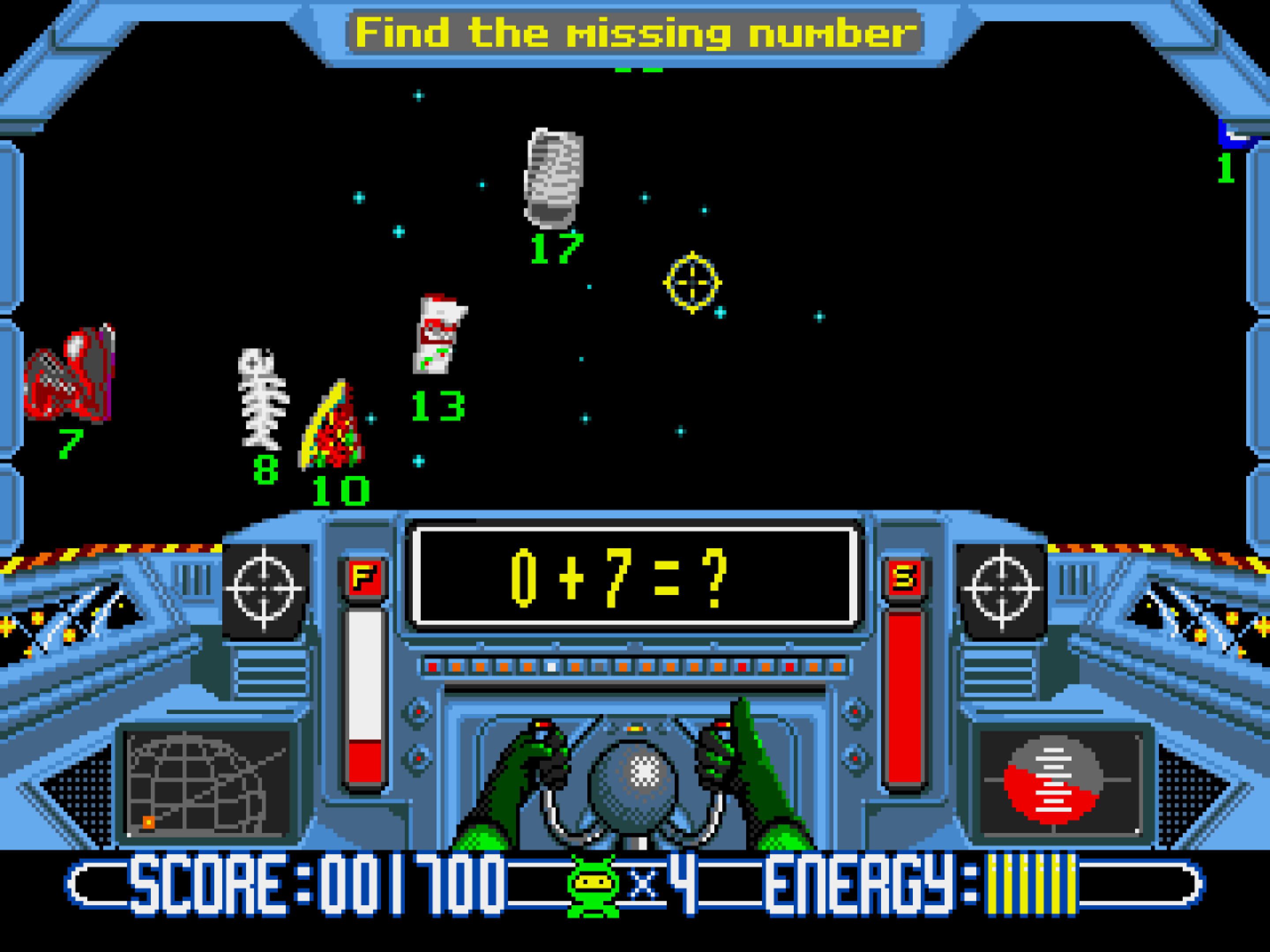No modern discussion on education seems complete without debating the role of educational games in the classroom. Some see them as a revolutionary teaching tool; others worry they’re just a flashy distraction. So, where’s the truth?
Advocates argue that games are the key to engaging today’s distracted students. Instead of passively absorbing material, students actively participate in learning, often spending more time on task than they would with traditional methods. Games can also improve executive function, especially when students explain the rules or strategize their next move.
Critics, however, worry that games trivialize education, waste valuable class time, and weaken students’ ability to focus on real-world learning that isn’t always entertaining. After all, not everything in life can—or should—be gamified.
Evaluating the Benefits of Educational Games
The goal of educational games is to ensure that the game increases learning by enticing the student to spend more time on the activity without losing time in productivity.

For example, the classic game Math Blaster was very good at increasing students’ motivation to spend more time drilling their core arithmetic skills while almost constantly keeping the student engaged in math problems. Around 95% of all seconds spent playing Math Blaster are spent calculating a figure in one’s head and then inputting the answer. The calculation is a no-brainer; Math Blaster is a great tool for early math education.

In contrast, the classic geography game Where in the World is Carmen Sandiego? is a much tougher game to evaluate. Sure, a student is likely to spend a much larger amount of time playing the game than they would have otherwise spent studying Geography.
But what percentage of the time spent playing Carmen Sandiego is actually spent learning? Most of the game is really devoted toward the storyline, character development, and mystery, with Geography content inserted only tangentially (and often without enough essential repetition) for a concept to truly stick. It is less obvious that class time or homework should be devoted toward playing the game (although it could still be a very productive recreational activity if the student likes it).
FAQ: The Costs vs Benefits of Using Educational Games with Students
How to use educational games in the classroom?
Start by identifying the specific learning goals you want to reinforce, and then select games that align closely with those objectives. Introduce the game with clear instructions, set time limits, and follow up with a class discussion or reflection activity to reinforce key takeaways. The best games support your curriculum instead of replacing it.
What are the effects of educational games on students?
Educational games can improve focus, motivation, and retention, especially when designed to reinforce core skills. They also help students develop problem-solving abilities, collaboration, and even executive function, depending on how the game is structured.
Do educational games help students learn?
They can, but it depends on the game. When used thoughtfully, games that prioritize active recall and subject-specific practice can enhance learning. Games that prioritize fun without sufficient educational content may be less effective for learning outcomes.
What are the benefits of using games in teaching?
Games can increase engagement, reduce anxiety around difficult subjects, and make abstract concepts more concrete. They can also provide immediate feedback and foster a growth mindset, especially when integrated into a broader, evidence-based learning strategy.
The Best Types of Educational Games
The MOST efficient learning/study tools are ideally a complement to a student's interest in learning rather than a substitution. When a student is ALREADY motivated, a teacher can focus on the effectiveness rather than fun of a study method. For example, they might use spaced repetition for learning—these are amazingly effective even if not designed to be as "engaging" as learning games.
Low-learning, high-engagement games can act as a scaffold for unmotivated students. However, the best educational games maximize learning time. Assess a student's level of motivation before recommending the right type of game.
Want to learn more about helping students study better? Check out our more free resources in our Teachers Academy. And be sure to check out Brainscape's adaptive flashcards platform for a great study tool for your students who are already motivated to succeed.
